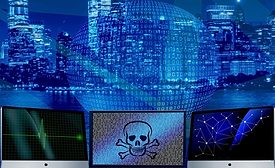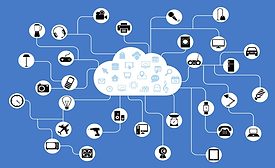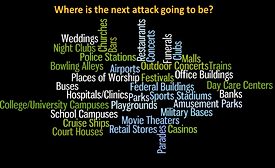Web Exclusive Stories
How layered security can help prevent $150,000 losses from ATM attacks
Owing to the increasing frequency, diversity and sophistication of ATM attacks, banks must rethink and modernize security in order to better circumvent ATM crime and protect their bottom line
February 23, 2021
Sign-up to receive top management & result-driven techniques in the industry.
Join over 20,000+ industry leaders who receive our premium content.
SIGN UP TODAY!Copyright ©2024. All Rights Reserved BNP Media.
Design, CMS, Hosting & Web Development :: ePublishing












